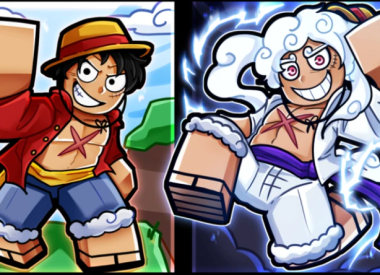If you’re loving the Animal Crossing Pocket Camp New Year’s Event, but want to know more about the Japanese traditions behind the cool new furniture and items, search no more! We’ve scoured Wikipedia and Google for the meaning behind the zodiac dog, basket of tangerine, mochi pestle and other Animal Crossing Pocket Camp New Year’s event items below.

Zodiac Dog
As you may know, the Western Zodiac with its air, fire and water signs isn’t the only form of astrology in the world. In fact, the Chinese Zodiac, known as Jikkan Jūnishi (十干十二支, “10 Stems and 12 Branches”) in Japan, is well-known and used across Asia and the rest of the world. The simplified Chinese Zodiac uses a 12-year cycle and assigns each year to one of 12 patron animals. 2018 is the year of the Dog, hence: “Zodiac Dog.”
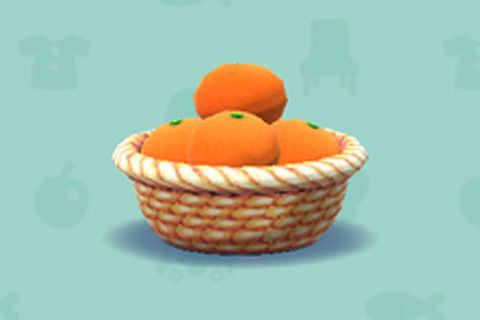
Basket of Tangerines
Mochi, or rice cakes, are used to create a New Year’s decoration called “kagami mochi.” This is formed by putting two round cakes of mochi together and placing a tangerine, or “daidai,” on top. The name “daidai” is seen as lucky because it means “several generations” and represents a wish for children in the New Year. What could be luckier than a basket full of daidai?
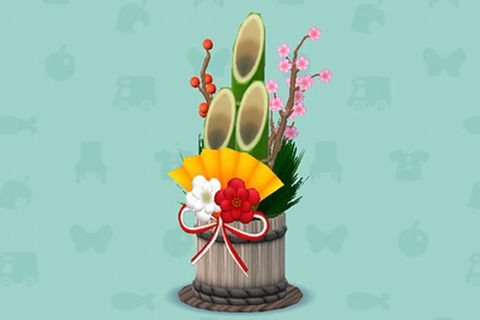
Kadomatsu
A “ kadomatsu,” or “gate pine,” is a traditional Japanese New Year’s decoration. They are placed in pairs in front of homes in order to welcome ancestral spirits or gods of the harvest. Kadomatsu are considered temporary housing for these spirits and are typically made of pine and bamboo sprigs. The bamboo is placed at three different heights in order to represent heaven, humanity and earth.
In mid-January, the kadomatsu are burned in order to appease and/or release these spirits in an event called Dondoyaki. Both pine and bamboo represent longevity , making them ideal symbols of long life in the new year.
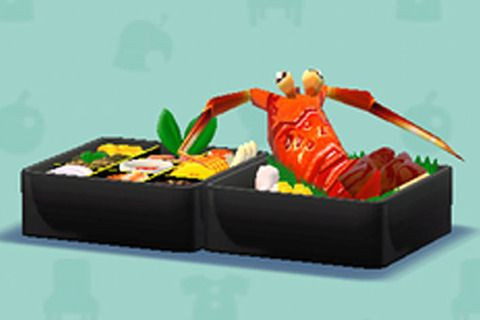
Osechi
“Osechi” is the name for traditional Japanese New Year foods, easily recognizable by their special boxes known as “jubako.” The jubako look like bento boxes and are kept stacked before and after use.
Each of the dishes that make up osechi have a special meaning. For example, skewered prawns cooked with sake and soy sauce symbolize a wish for a long life, while egg roulade symbolizes wealth and good fortune. For a list of more osechi foods, check out the Wiki page here.
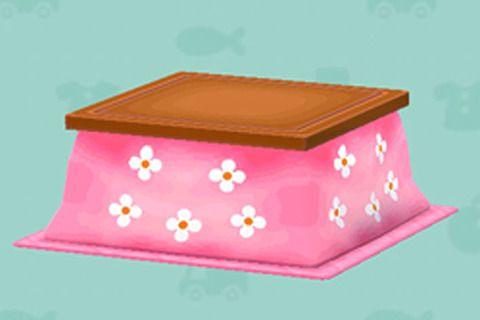
Kotatsu
A “kotatsu” is a low wooden table frame covered by a futon, or heavy blanket, on which a tabletop sits. Underneath is a heat source, usually electric and often built into the table itself. Kotatsu are an economical way to stay warm during the winter, especially since much Japanese housing is not very insulated and central heating is uncommon.
While the use of a kotatsu is not a tradition specifically designated for the New Year, kotatsu are used all throughout the winter months as a sociable way for the whole family to keep warm. By keeping activities clustered around the kotatsu, Japanese families save on heating costs as well as spend time enjoying one another’s company.

Mochi pestle
During Japanese New Year, folks create and eat rice cakes, or “mochi.” To make mochi, place boiled sticky rice into a wooden container and pat it with water while another person hits it with a big wooden mallet. By mashing the rice, you form a sticky white dumpling.
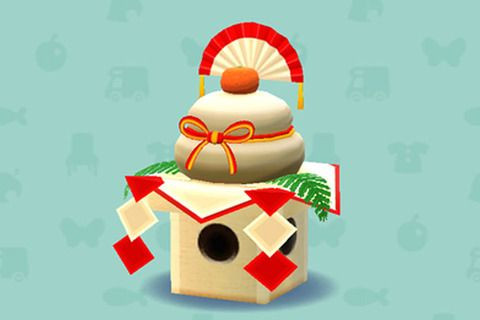
Kagamimochi
As seen in the “basket of tangerines” and “mochi pestle” entres above, mochi is a traditional Japanese New Year food.
Put two round mochi cakes together and a tangerine on top to create a “kagami mochi,” or “mirror rice cake,” a common New Year’s decoration. The smaller mochi cake is placed atop the larger one, with the tangerine topping it all off. Sheets of paper folded into lightning shapes are also attached.
The kagami mochi is placed on top of a sheet on a special stand and is supposed to ward off fires in the New Year.
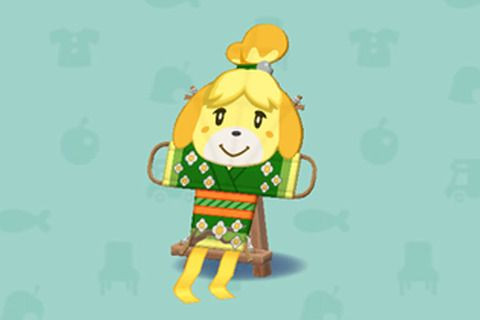
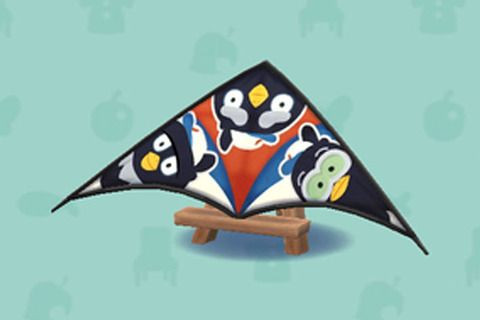
Kite
Kite flying, or “tako age,” is traditional entertainment during the Japanese New Year. According to The Japan Times, the Tokugawa shogun in the late Edo Period (1603 to 1868) only allowed people to fly kites during the New Year’s period.
“People had kite battles and sometimes kites fell on daimyo and aristocrats as they were traveling, and they got angry,” said Masami Fukuoka, the secretary general of the Japan Kite Association. “So the government decided kites should only be allowed over New Year’s, when traffic was not so heavy. Also, New Year’s is a special time of a year, so they probably thought ordinary people should be allowed to fly kites at that time.”
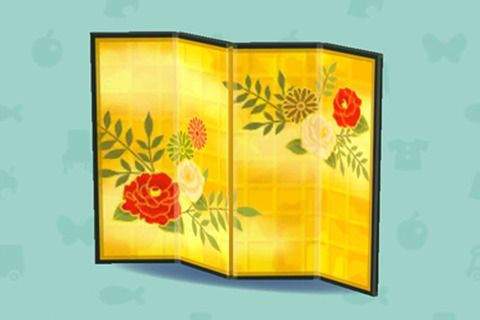
Kadomatsu screen
Kadomatsu are traditionally placed in pairs on either side of a gate or door. However, in Animal Crossing Pocket Camp , placing them on either side of the kadomatsu screen will get across the feel of beautifully placing kadomatsu without actually needing a door to place them by.
Haori and kimono
The haori is a traditional kimono-style jacket worn over a kosode, a basic Japanese robe. The kimono, another traditional Japanese-style garment, is worn for important festivals and formal occasions.
Hopefully you’ve come away from this article with a better explanation of the charming Japanese New Year’s traditions that Animal Crossing Pocket Camp is harkening back to with its new holiday event. Happy New Year!
- Charming like the original
- Fluid, sensible gameplay
- Easy to find friends
- Timers everywhere
- Premium currency exists



